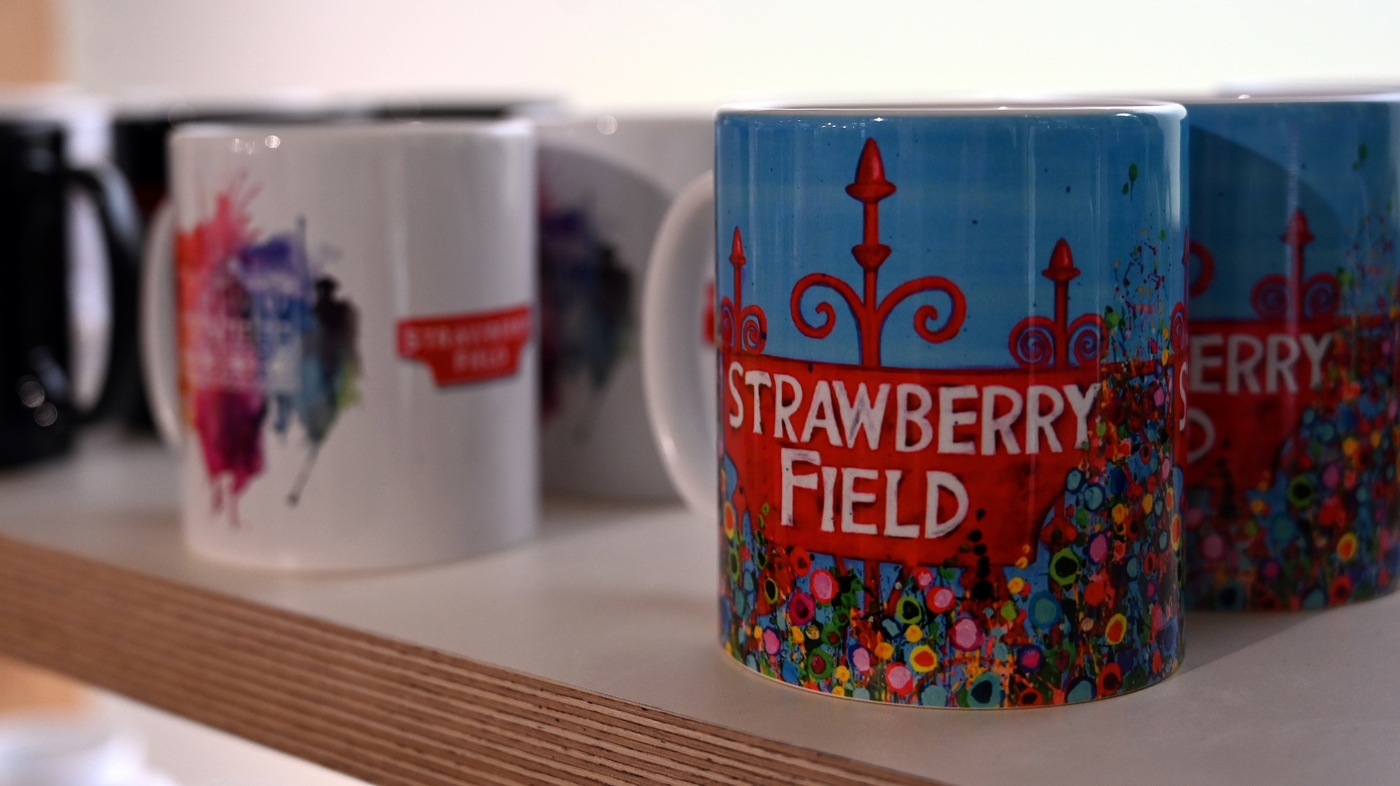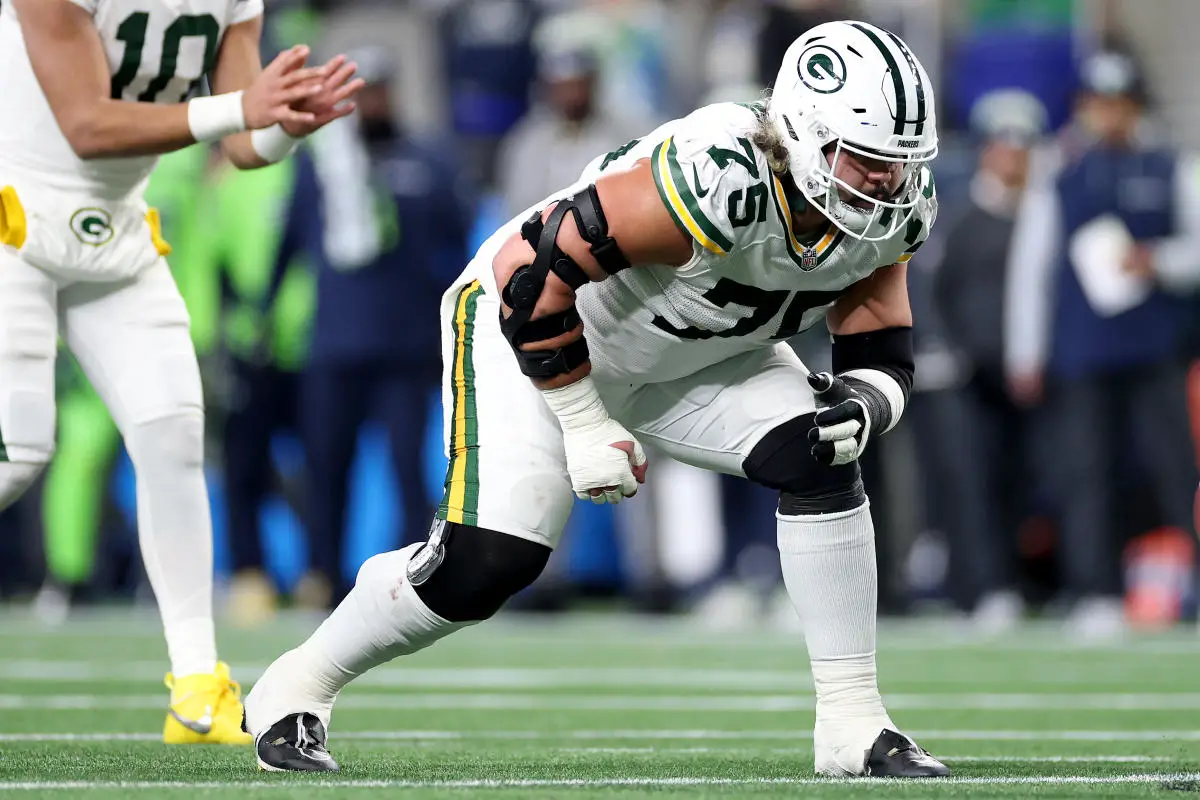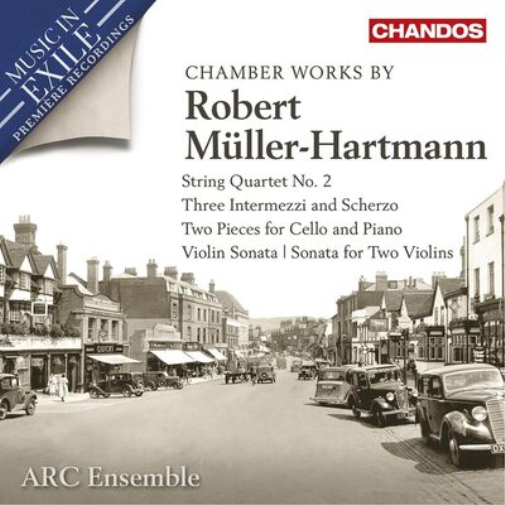
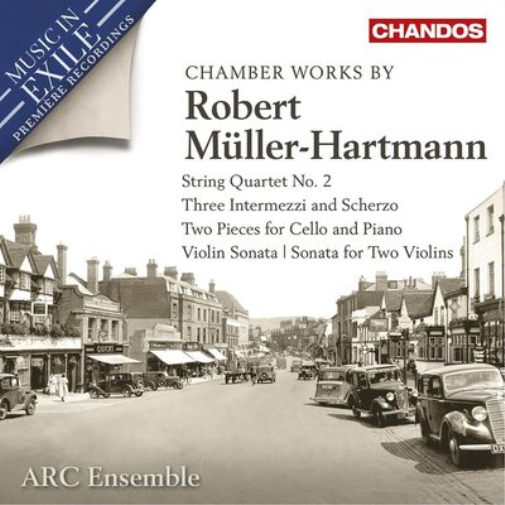
There is most certainly an arbitrary factor in the determination of fame and of historical significance. Choose any figure at any historical moment and you can find other lesser known or forgotten figures who stood near, worked with, or were recognized in their time but whose presence has faded from history. Of course there are less arbitrary factors such as socioeconomic and political factors but, the ARC Ensemble’s mission is to fill some of the gaps (or gaping holes) in the historical record in their amazing “Music in Exile” series.
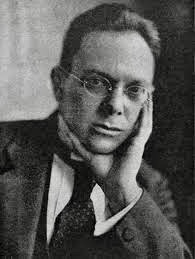
This most recent volume focuses on one Robert Müller-Hartmann (1884-1950). Even his brief Wikipedia page is apparently only available in German. This German-Jewish composer took refuge in England in 1933 where he became well known to artists of the day there like pianist Artur Schnabel and composer Ralph Vaughn Williams.
The process of exile is not a kind one. The list of refugee composers, from Europe alone, is a lengthy one with a few names that have been sustained to some degree in the historical record (like Arnold Schoenberg, Erich Korngold, Bertholdt Goldschmidt, Roberto Gerhard, and Ernst Toch) but, with the exception of Schoenberg, these artists are hardly household names. Even though many works by this parenthetical group have been recorded, they remain, in this writer’s opinion, far less known than they deserve.
ARC to the rescue. This latest installment is by a musician whose name and history were not known to this writer until now. After fleeing the terrors of fascist regimes, this talented composer/performer/teacher became integrated to musical life in England and even assisted Ralph Vaughn Williams in his compositional efforts. But Robert Müller-Hartmann’s music, though performed and respected at one time, has fallen into obscurity. These recordings, as this series does so well, provide a window into his creative music. And this release is a valuable historical document which justly recognizes an important voice and character whose work need not be absent any more.
Five works (or groups of works) are featured here:
1. String Quartet No. 2
2. Three Intermezzi and a Scherzo for piano
3. Two pieces for cello and piano
4. Sonata for Violin and Piano
5. Sonata for two Violins
It is difficult to say if any of these works will ultimately find a place in the common performing repertoire but at least we as listeners and other musicians have a chance to hear this music and decide. These unabashedly romantic works are both substantial and a challenge for the musicians that bring this art to life. So listen, decide, like or don’t like, but be grateful that it can be heard.
Those who want to learn more can download performance notes from when these pieces were presented in concert here.


